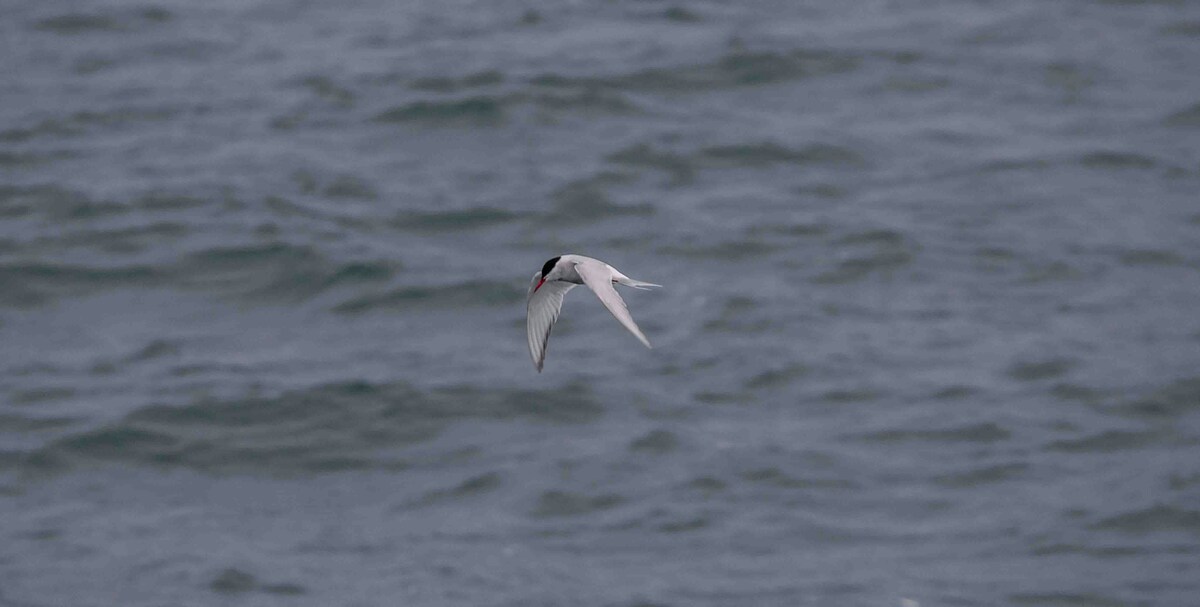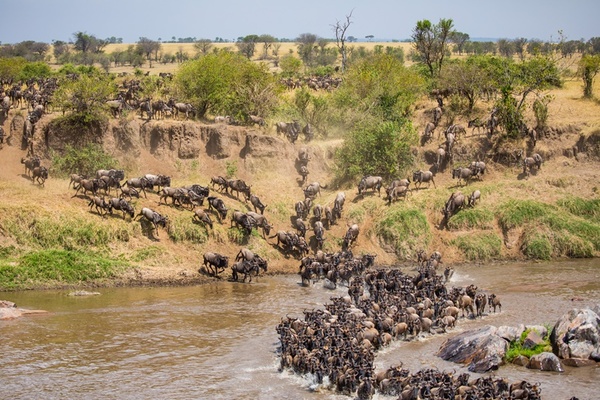
While the Great Wildebeest Migration in the Serengeti and Masai Mara often steals the spotlight, there are numerous other spectacular migrations around the world that are equally fascinating and essential for ecosystem health. Here, we explore some of these lesser-known but incredible journeys undertaken by various species.
1. Great Nile Migration in Sudan
The recent aerial survey in the Boma Badingilo Jonglei Landscape conducted by African Parks in collaboration with the South Sudanese Government, Ministry of Wildlife Conservation and Tourism, and The Wilderness Project, confirm that the Great Nile Migration contains approximately six million migratory animals! This makes South Sudan home to the largest land mammal migration on Earth.
2. Monarch Butterfly Migration
Every year, millions of Monarch butterflies travel up to 3,000 miles from North America to central Mexico. This spectacular, colourful migration is one of the most remarkable natural phenomena, with the butterflies covering great distances to escape the cold winters of the north and find suitable breeding grounds.
3. Zebra Migration in Botswana
In Botswana, the zebra migration is one of the longest and least-known land migrations in Africa, being only quite recently documented. Zebras travel approximately 500 kms (about 310 miles) round trip. This migration starts from the floodplains of the Chobe River to the Nxai Pan National Park and back, usually beginning around November and ending in March, following the rains and the growth of fresh grass. This migration plays a critical role in the dispersal of seeds and the maintenance of healthy grasslands.
Image: African Parks - Great Nile Migration

4. Caribou Migration in North America
The caribou undertake one of the longest migrations of any land animal. Thanks to GPS tracking scientists have been able to chart the caribou's 800 mile+ journey. These migrations are vital for the survival of the species as they seek out food sources and calving grounds. The caribou migration also supports a wide range of predators and scavengers that rely on them for sustenance. Climate change is impacting both the timing and the flow of the migration.
5. Salmon Migration in the Pacific Northwest
Salmon migrate from the ocean back to their natal freshwater streams to spawn. This migration is crucial for the species' lifecycle and plays a significant role in the ecosystem by providing nutrients to freshwater environments and supporting numerous predators, including bears and eagles.
6. Red Crab Migration on Christmas Island
Each year, millions of red crabs migrate from the forest to the coast of Christmas Island to breed. This migration is not only a spectacular sight but also essential for the reproductive success of the species. The crabs' movement helps in the dispersal of seeds and nutrients across the island.
7. Bird Migrations Across the Globe
Various bird species undertake impressive migrations. The Arctic Tern travels from the Arctic to the Antarctic and back again, covering around 44,000 miles annually - an extraordinary journey. This is the world's longest migration and it ensures that the tiny terns experience two summers each year and access abundant food resources.
8. Dragonfly Migration
The globe skimmer dragonfly makes one of the longest migrations of any insect, travelling from India to East Africa and back. This journey spans thousands of miles and is crucial for the species' reproduction and survival. The migration appears to be triggered by the monsoon rains.
The Importance of Migrations
Migrations are vital for the health of ecosystems. They facilitate nutrient cycling, support predator-prey relationships, and help in maintaining genetic diversity within species. Understanding and protecting these migrations is crucial for global biodiversity conservation.




